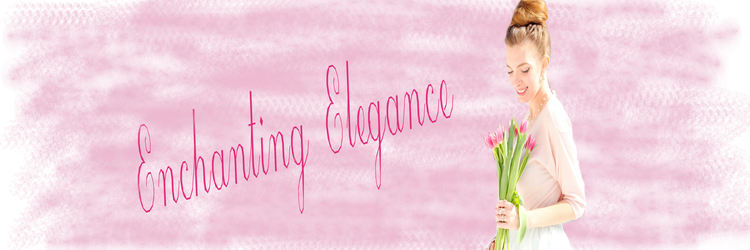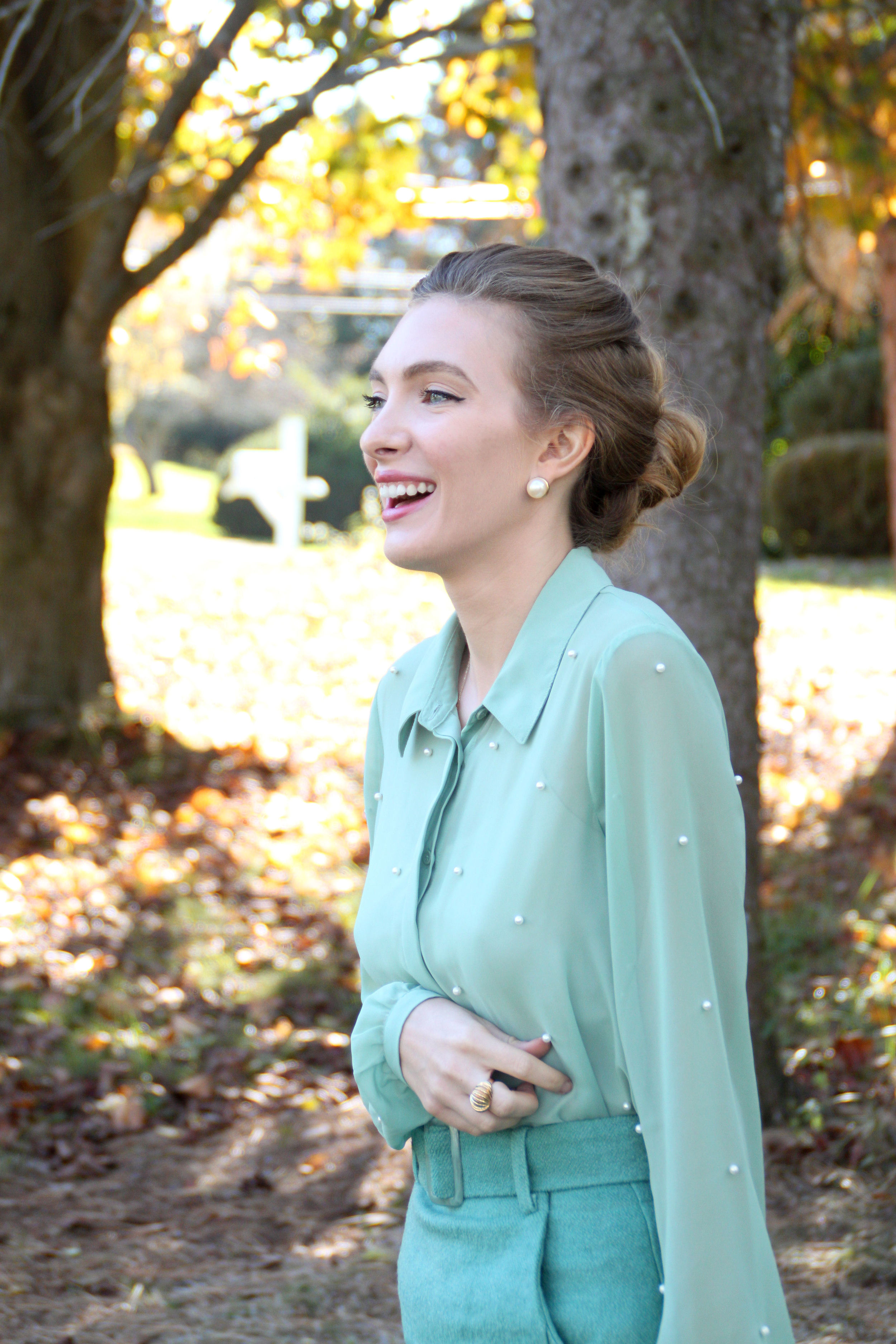Grace Kelly, Tippi Hedren, and Edith Head
Shop The Look:
It need not be said how much I truly adore this vintage inspired outfit. My heart expands two sizes just thinking about it. The look started with the skirt from Modcloth. As soon as I saw the skirt I knew I had to have it. Grace Kelly and Tippi Hedren instantly came to my mind from the wonderful creations of Edith Head while working with Alfred Hitchcock. The skirt is a sea-glass green soft wool blend with a matching belt. This midi style screams 1950s and is quite the eye catcher. To compliment the look I had in mind, I choose a chiffon green blouse with pearls attached from LC Lauren Conrad. The pearls add just the right amount of sophistication and glamor to the outfit. The jewelry was all about gold and pearls to keep the vintage vibe and also to replicate the specific image I had in my mind of the two leading ladies who inspired this look. To finish off the outfit, nude heels from LC and a brown top handle hand bag, which reminded me of Miss Hedren's ensemble. On a side note, what a beautiful Fall day it was to capture this lovely outfit. The air was warm and the leaves seemed to glow in the golden sunshine. Who's with me in not wanting Fall to end!
“Hitchcock’s very own Edna Mode, Edith Head, created the green suit. It’s based on her own design for Grace Kelly as Lisa Fremont in Rear Window (1954) – a celadon green I-line suit worn with white halterneck blouse. The Rear Window fabric is completely different, shantung silk instead of wool, and the ensemble is comprised of a two piece jacket and skirt instead of a dress and jacket. The similarities come from Head’s insistence on simplicity; like The Birds’ suit it ages so well because there is little to date it. Hedren’s suit is shorter and boxier than Kelly’s, superficially ‘Chanel like’, though in fact most resembles couturier Digby Morton’s early work (circa 1950s), except in a less luxuriant fabric”
















